Global miners explore Alaska's Interior
As Sumitomo, Newmont search for gold near Pogo, MMG seeks nickel in the Wrangellia and a mystery metal north of the Yukon River
Last updated 2/4/2018 at 6:49am
A group of diverse global-scale mining companies hailing from Australia, Japan, and the United States are quietly exploring a relatively small region of Alaska's Interior.
Two of these international players - Sumitomo Metal Mining and Newmont Mining Corp. - are seeking gold in the Pogo region of the Tintina Gold Belt. Melbourne-based MMG Ltd., on the other hand, is seeking nickel in the Wrangellia Terrane, a promising band of rocks immediately south of the legendary gold province.
Together, these companies accounted for more than US$15.5 million of exploration in 2013 and are whispered to be carrying out programs topping US$20 million this year.
Exploring East Deep
The largest and most widely known of these exploration programs is being conducted by Sumitomo Metal Mining Pogo LLC - a joint venture between Japanese firms Sumitomo Metal Mining Company (85 percent) and Sumitomo Corp. (15 percent) - on the Pogo Mine property located roughly 60 miles (100 kilometers) southeast of Fairbanks.
With a budget of US$17 million, the Pogo program is not only the largest in this region of Alaska, but will likely be the largest exploration spend in the Far North State during 2013.
In recent years, the Tokyo-based owners of Pogo have had great success in finding new deposits of high-grade gold in the shadow of the mill at the underground operation.
The most significant of these finds is East Deep, a zone of high-grade gold mineralization immediately northeast of the processing facilities at Pogo.
First drilled in 2010, East Deep has been the target of increasingly expansive drill programs at Pogo in the ensuing years.
Since mining began at Pogo in 2006, the Liese zone - three flat-lying, parallel quartz veins that carry high-grade gold - has been the primary source of ore for the mill.
East Deep is believed to be an extension of the Liese zone that was separated by a gold-barren diorite roughly 95 million years ago.
In 2012, Sumitomo drove two drifts through some 300 meters of diorite wedged between these now separate zones. The drifts were used to complete 24,596 feet of definition drilling at East Deep.
In addition to providing a platform for underground drilling, these drifts provided access for a 12,000-ton bulk sample of East Deep ore that was processed during the third quarter of 2013.
To mine the high-grade gold at East Deep, Sumitomo developed the 2150 portal. This year, ore from East Deep makes up a portion of the feed for the mill at Pogo.
Expanding East Deep northwest toward the North Zone, a group of higher grade vertical veins that are believed to be feeders that provided a conduit to deliver gold mineralized fluids to the Liese and East Deep zones, was a primary objective of the 2013 surface drill program at Pogo.
In addition to expanding East Deep to the hypothesized source of gold-bearing fluids, this drilling discovered two new North Zone veins, NZ3 and NZ4.
Focusing on North Zone
SMM Pogo told Mining News that the expansion of these newly found North Zone veins is the primary focus of current drilling at the project.
"These veins are significant and are most likely the feeder zones for the main ore body and probably continue down for considerable depth. In addition, drilling this year continues to expand these vein resources along their strike length," Lorna Shaw, spokeswoman for SMM Pogo, explained in a recent email. "The continuity of the North Zone mineralization is sufficient that part of the resource will most likely become part of the reserve at the end of the year."
Roughly US$5 million of the 2014 exploration budget at Pogo is being invested in driving two drifts from the underground workings at East Deep to the North Zone. These exploration drives will provide a better angle for drill the vertical North Zone veins as well as provide a platform for defining the northwest expansion area of the East Deep zone.
While northerly expansion of East Deep continues, a large focus of this year's surface drilling is on the expansion of Pogo South, an exploration target located immediately south of the Liese zone.
"There are two helicopter fly rigs drilling at South Pogo for the entire field season. This is augmented by another drill rig drilling from underground in the most southerly drift inside the mine," explained Shaw. "So far, we have defined three separate veins in this area that appear to be extensions of the Liese veins in the mine. This drilling will add to the resource at South Pogo and part of this resource may be converted to reserve by the end of year."
The 4021 zone, a known gold deposit located roughly 2.5 miles (four kilometers) southeast of Liese, furthers the southward expansion potential.
During the spring Alaska Miners Association convention in Fairbanks, SMM Pogo General Manager Chris Kennedy explained that 4021 has shifted to the east along a major fault separating it from the Liese zones. If the geological units are lined up to their original positions, 4021 is on strike with the Liese zone. This opens up the prospect of gold mineralization between these two known zones.
For right now, however, the Pogo exploration team has plenty of promising deposits surrounding the mill to follow up on.
"The resource at 4021 stands like a beacon on the horizon and serves as an indicator that the mineralization extends out at least that far. Eventually, we will get there as we systematically expand the main Pogo deposit in that direction," explains Shaw.
"In the end, we are assuming that we can replace the number of ounces going through the mill each year by finding new reserves and converting known resource into reserves by additional drilling," she added.
Beyond Pogo
A few miles beyond the southeastern exploration horizon of Pogo proper, subsidiaries of Sumitomo Metal Mining (95 percent) and Sumitomo Corp. (5 percent) continue a broader search for high-grade gold on a group of claims that are part of the Stone Boy project.
The Stone Boy partners have been exploring the larger Pogo district since 1991. This includes recent drilling on the Monte Cristo property, located roughly 40 miles (65 kilometers) west of Pogo, and the Ink claims situated a few miles southeast of the mine.
Under contract with the Stone Boy partners, Pathfinder Mineral Services managed a US$2 million exploration program on the Stone Boy project that included 18,447 feet of drilling in 21 holes on these properties; as well as rock and soil sampling.
Roughly US$429,000 of the 2013 program was allocated to ongoing exploration at Monte Cristo.
The Naosi Zone, a gold-silver-antimony prospect within the larger Monte Cristo properties had previously been one of the primary exploration targets of the Stone Boy project. In 2011, the partners released results from drilling Naosi, including drill intercepts of 7.8 grams per metric ton gold, 19.7 g/t silver and 0.1 percent antimony over 7.92 meters; and 22.83 meters grading 4.2 g/t gold, 48 g/t silver and 0.17 percent antimony.
Last November, however, Sumitomo Metal Mining and Sumitomo Corp. said they have decided to put exploration at Naosi on hold in favor of other prospects at the Monte Cristo property as well as other properties that make up the district-scale Stone Boy project.
The Ink claims, located about 15 miles (24 kilometers) southeast of Pogo, were the target of the remaining $1.6 million of exploration on the Stone Boy Project. The program included 16,210 feet of drilling in 12 holes, resulting in 2,129 core samples. In addition to drilling, 787 soil samples and 48 rock samples were collected on the Ink claims during 2013.
Though precise quantities of gold discovered have not been disclosed, assessment reports state that results from the drilling indicate the presence of gold and pathfinder minerals associated with quartz veins cutting fine-grained granodiorite intrusive rocks.
Going forward, the Sumitomo partners intend to continue exploration activities in the Stone Boy project in a quest to discover a new gold mine to follow operations at Pogo. This includes a robust exploration program in 2014.
Sumitomo, however, is not the only global mining company that is interested in this segment of the Tintina Gold Belt that trends southeast from Pogo Mine.
Over the course of 2012 and 2013, Newmont Mining Corp. staked two blocks of claims - Healy and Healy River - immediately south of Stone Boy's Ink property.
Newmont North America Exploration Ltd., the North American exploration arm of the Colorado-based global gold miner, completed at least $470,000 of early stage exploration on its Healy claims.
This reconnaissance-stage program included geological mapping and a geochemical program of 4,306 soil and 326 rock chip samples.
Mining News was unable to confirm whether Newmont is conducting exploration at Healy this year, but the fresh claims staked in 2013 indicate the company has plans to continue its investigation of this region.
Nikolai nickel
As part of its global search for base metal deposits, MMG Ltd., owner of the famed Century zinc mine in Australia, has been quietly seeking nickel in Alaska. This includes more than US$2 million spent on exploration in 2013 and a follow-up program this year.
Headquartered in Melbourne and listed on the Hong Kong Stock Exchange, MMG is looking beyond exploration at and around its mines in Australia, Asia and Africa.
"In general, 2013 saw a shift of focus from mine district exploration centered on MMG's operating assets with increasing exploration maturity, to new discovery exploration targeting transformational discovery," the company explained in its annual report.
Toward this end, MMG USA Exploration LLC, a subsidiary of Australia-based MMG Ltd., invested roughly US$1.58 million on nickel exploration on three large blocks of state of Alaska mining claims that follow an arc south of the Alaska Range.
These claim groups include Amphitheater, which borders Pure Nickel's Man property to the south and west; Butte Creek, located about 40 miles (65 kilometers) southwest of Amphitheater; and Talkeetna, a block of claims roughly 30 miles (about 48 kilometers) further along this arc that coincides with the Wrangellia Terrane, a band of rocks known to host nickel-platinum group metal deposits that arcs from Southcentral Alaska through southern Yukon Territory and along the coast of British Columbia.
The 2013 program at MGM's properties in the Alaska portion of Wrangellia, collectively known as the Nikolai project, included geophysical surveys, mapping, rock sampling and 1,188 meters of core drilling in six holes.
The Talkeetna property accounted for roughly half of MMG's reported 2013 Nikolai project expenditures. The work at this property located about 100 miles northwest of Anchorage involved an early-staged program of compiling geological information on the property, mapping and rock sampling.
In addition to a similar reconnaissance level mapping and sampling program, the company commissioned a 1,817-line-kilometer helicopter-borne versatile time-domain electromagnetic (VTEM) geophysical survey for Amphitheater, the claims bordering the Man nickel-PGM-copper property.
Bluff, a block of claims that blankets a roughly 13-mile by five-mile (21 kilometers by eight kilometers)section of mountains stretching southwest of the Denali Highway, was the target of drilling last year.
Beyond seeking nickel along the southern slopes of the Alaska Range, MMG invested at least US$550,000 on early-stage exploration on its Twenty Mile and Squaw Creek projects in the Rampart Mining District, some 100 miles (160 kilometers) northwest of Fairbanks.
Though the Rampart region is not renowned for its nickel potential, placer gold and tin have been mined from area streams since Alaska's gold rush days at the dawn of the 20th Century. More recently, geologists have been investigating the rare earth element potential of this section of Interior Alaska.
The 2013 program on these claims located north of the Yukon River included a 2,396-line-kilometer helicopter-borne versatile time-domain electromagnetic survey, mapping and rock sampling.
MMG continues exploration at its Nikolai project in 2014.


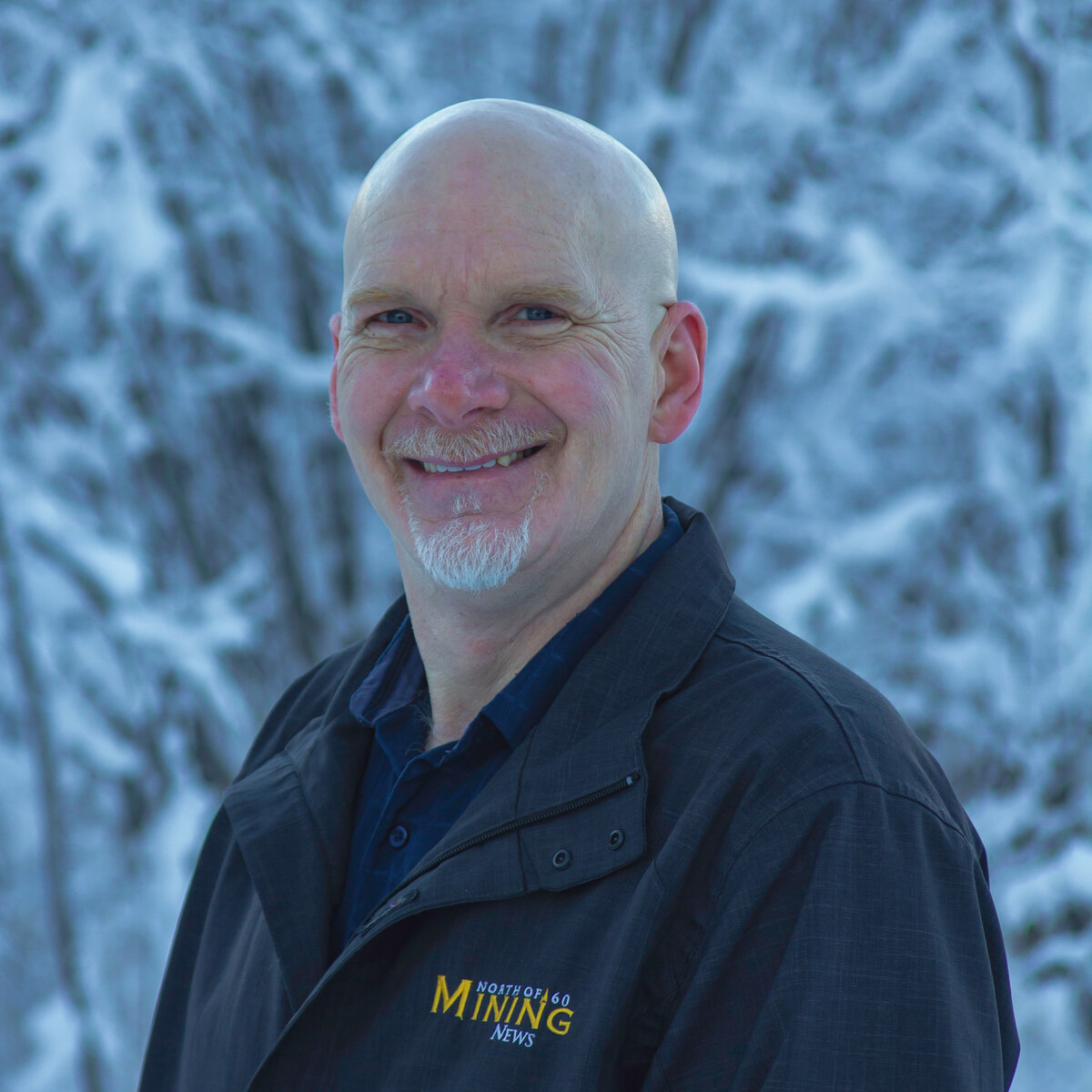






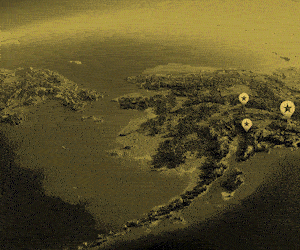



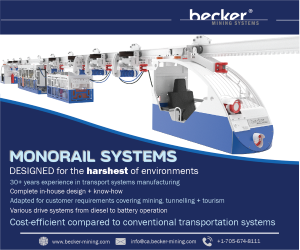
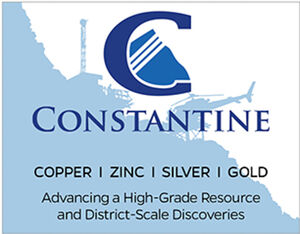
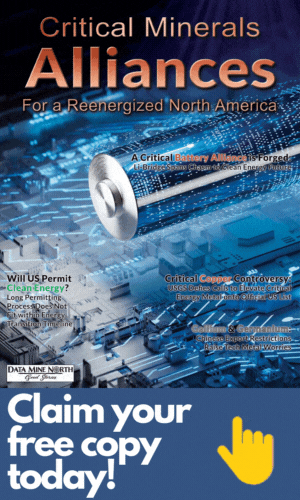


Reader Comments(0)